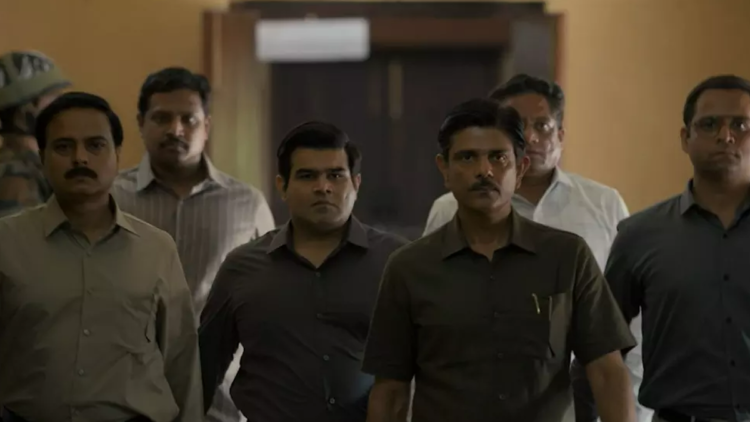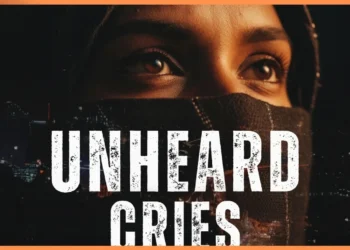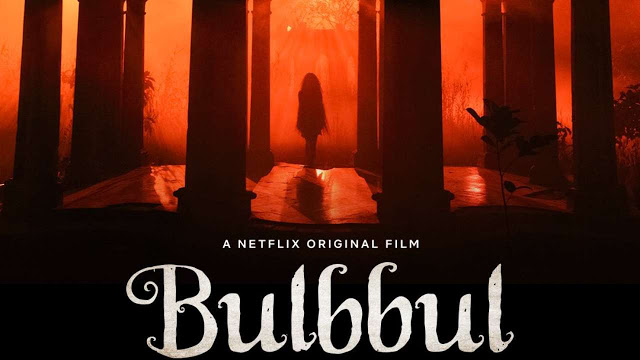On the evening of May 21, 1991, Rajiv Gandhi, who had served as India’s Prime Minister, was killed by a suicide bomber during a public rally in Sriperumbudur, Tamil Nadu. Over thirty years later, The Hunt: The Rajiv Gandhi Assassination Case, now available on SonyLIV, revisits that pivotal event and the extensive investigation that ensued. Directed by Nagesh Kukunoor and inspired by Anirudhya Mitra’s book “Ninety Days,” this eight-part series offers a thoughtful and detailed exploration of one of India’s most impactful criminal cases.
Story
The series begins not with a dramatization of the bombing itself, but rather with an enigmatic phone call in which an unknown voice inquires, “Is Rajiv Gandhi alive?” This moment establishes the series’ focus not on discovering “who did it,” but rather on “how they found them.” From the start, the show unambiguously presents the LTTE (Liberation Tigers of Tamil Eelam) as the responsible group, concentrating instead on how Indian agencies built their case, pursued suspects, and unraveled a complicated web of evidence to pinpoint the masterminds and executors.
Approximately 70% of the dialogue is in Tamil, lending authenticity to the characters and the environment. While this may demand more attention from viewers who do not speak Tamil, it strengthens the narrative’s ties to its geographical and cultural roots. Set against the political backdrop that followed the assassination, The Hunt immerses viewers in the intricate investigation led by the Special Investigation Team (SIT), under the directorship of then-CBI chief D.R. Kaarthikeyan. The storytelling unfolds through a variety of perspectives, drawing from intelligence reports, forensic evidence, contradictory witness statements, and the urgency that fueled the investigation.
Performances
Amit Sial stars as D.R. Kaarthikeyan, the SIT head. Known for his subtle performances, Sial embodies the character with a quiet intensity. His Tamil accent is skillfully executed, enhancing his portrayal of a lawman who is acutely aware of the political sensitivities and global implications of the case.
Sahil Vaid portrays Amit Verma, an important SP-CBI officer engaged in the pursuit. Vaid brings a grounded viewpoint to the investigation, emphasizing both its procedural demands and the emotional strain it inflicts.
The cast, including Bagavathi Perumal, Danish Iqbal, Girish Sharma, Vidyut Gargi, and Shafeeq Mustafa, forms the investigative team that propels the plot forward. Each actor contributes a unique perspective without overshadowing the essential narrative. Notably, Vidyut Gargi, as Capt. Ravindran of the NSG, offers insights into the tactical aspects of the operation, contributing to the series’ climactic moments with precision.
Behind the scenes
Nagesh Kukunoor directs with a measured approach, occasionally employing a non-linear narrative style while maintaining coherence. He refrains from overwhelming the audience with technical jargon or excessive exposition, allowing viewers to remain engaged in the investigative process, whether following forensic reports or analyzing call records.
The seven episodes progress at a steady pace, with a minimalist background score that allows ambient sounds to heighten the tension. Scenes depicting surveillance, raid preparations, and interrogations are meticulously presented, devoid of unnecessary embellishments; the thrill arises naturally from the facts themselves.
The writing thoughtfully navigates the political landscape of the time without oversimplification. It references the Indo-Sri Lanka Accord, the growing influence of the LTTE, and the precarious national security situation after 1989 while consistently focusing on the operation’s core—the “hunt.”
Final Verdict
One of the series’ greatest strengths is its structural clarity. Each episode delves into a distinct phase of the investigation, from identifying suspects to pursuing leads across states and dealing with bureaucratic hurdles and diplomatic challenges. This progression authentically reflects the realities of an investigation: often chaotic, sometimes inconclusive, and reliant on minor victories.
The series also delves into the forensic details, showcasing how techniques like DNA analysis and photo reconstruction grounded the narrative in factual evidence. It deliberately illustrates the limitations of surveillance technology and intelligence-gathering methods available in the 1990s, relying on human effort, observation, and instinct rather than digital shortcuts.
The performances remain deeply connected to the source material, avoiding heroics, melodrama, or stylized cinematic flourishes. Every character is embedded within a larger system, facing accountability, pressure, and frequent uncertainty.
The Hunt: The Rajiv Gandhi Assassination Case emphasizes methodology over mystery. In a country where political violence is often reduced to mere headlines or conspiracy theories, the series distinguishes itself by adhering to the investigative process. It demonstrates how an institution, despite its flaws and delays, can respond effectively when urgency is paramount.
The characters, particularly those within the SIT, are sharply drawn and convincingly portrayed. Amit Sial’s depiction of Kaarthikeyan is particularly noteworthy—not for any ostentatious demands for attention, but for the quiet authority with which he commands it.
This is not a series characterized by rapid pacing or unexpected twists. Rather, it engages deeply with the truth and context surrounding the events. It requires patience and offers rewards for attentive viewers. For those interested in political history, investigative storytelling, and factual narratives, this series is essential viewing.























